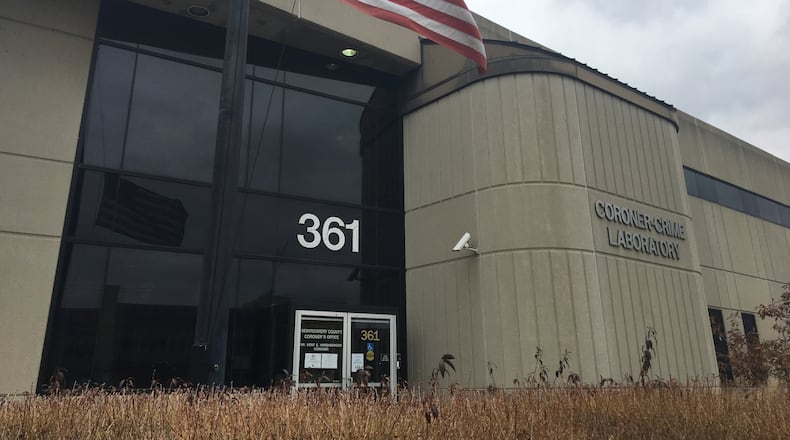“Para-fluorofentanyl triggers more opioid receptors than fentanyl and is considered more potent,” BCI said. “It is increasingly seen in combination with other drugs contributing to overdoses, including a recent high profile case involving the actor Michael K. Williams.”
Para-fluorofentanyl is an analogue of fentanyl, BCI said, and is classified as a schedule I narcotic.
In the third quarter of this year, Montgomery and Clark counties were a part of a group of counties that submitted the most illegal drugs that contained para-fluorofentanyl to the BCI Lab, according to a map in the bulletin. Some illegal drugs from Butler, Greene, Preble and Warren Counties were also found to have contained the drug.
The Ohio BCI Laboratory first saw the drug in October 2020 and has found 553 items containing it between then and September. The BCI said that it has seen para-fluorofentanyl in 70 of 88 counties overall in 2021.
The BCI said that para-fluorofentanyl can come in powder, residue, liquid and tablets and is found primarily in combination with fentanyl and other drugs.
“Officers and first responders should handle all items suspected to contain para-fluorofentanyl or fentanyl related substances with caution and proper personal protective equipment,” the BCI said.
Montgomery County Coroner Kent Harshbarger told the Dayton Daily News that the Miami Valley Regional Crime Lab has seen a significant increase in fluorofentanyl over the last year. The local crime lab supports investigations in multiple counties throughout the area.
“We see it through the crime lab and we see it in decedents in Montgomery County and the surrounding area,” the Harshbarger said.
He said in 2020, less than 1% of the crime lab submissions contained fluorofentanyl. In August 2021, 7% of submissions had fluorofentanyl present.
“You don’t know what you’re buying. A powdered substance can have a dangerous product in it,” he said. “There is no regulation and no control over it. What you think you’re getting may be completely different with a stronger product.”
About the Author

